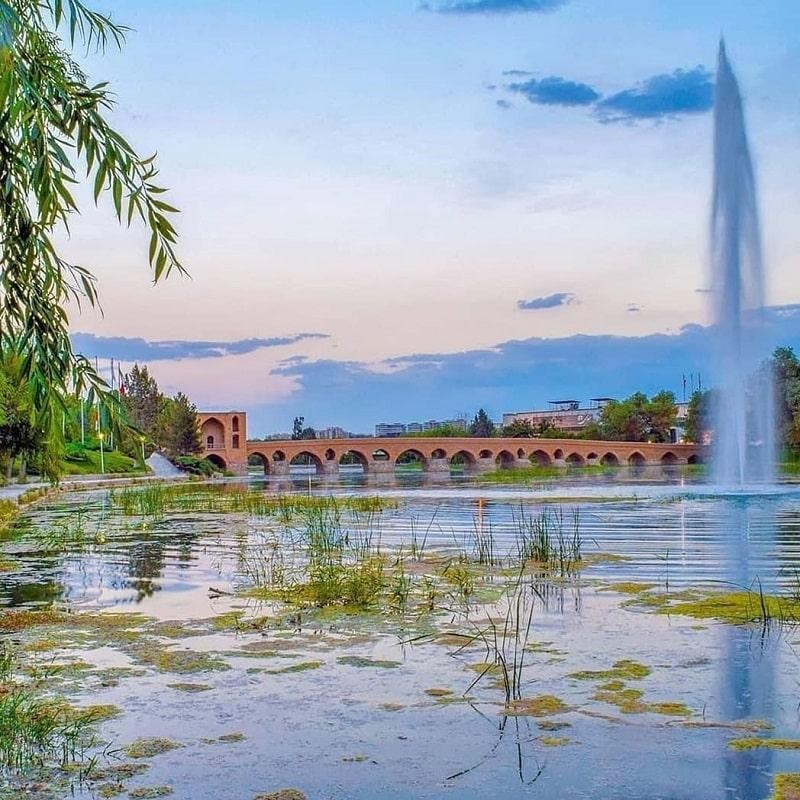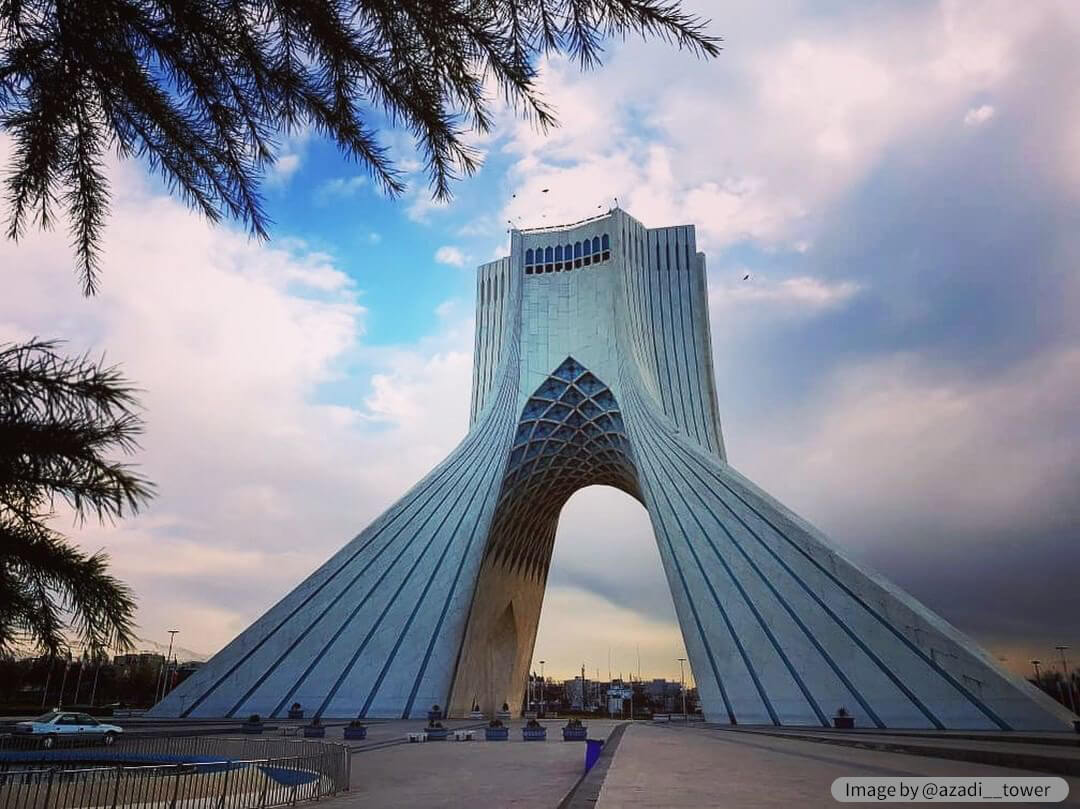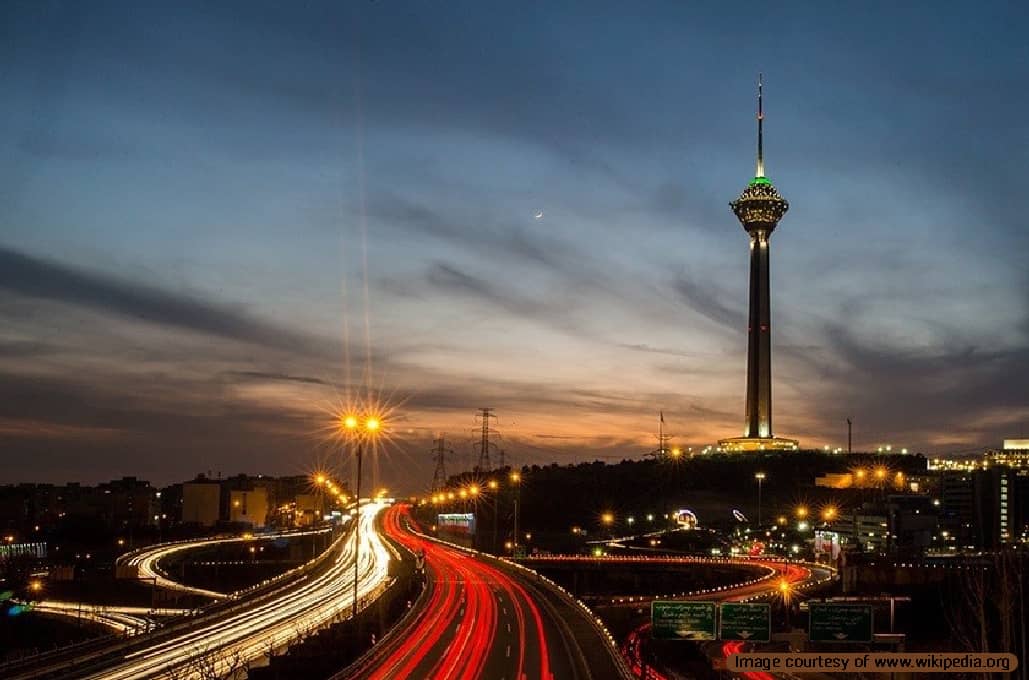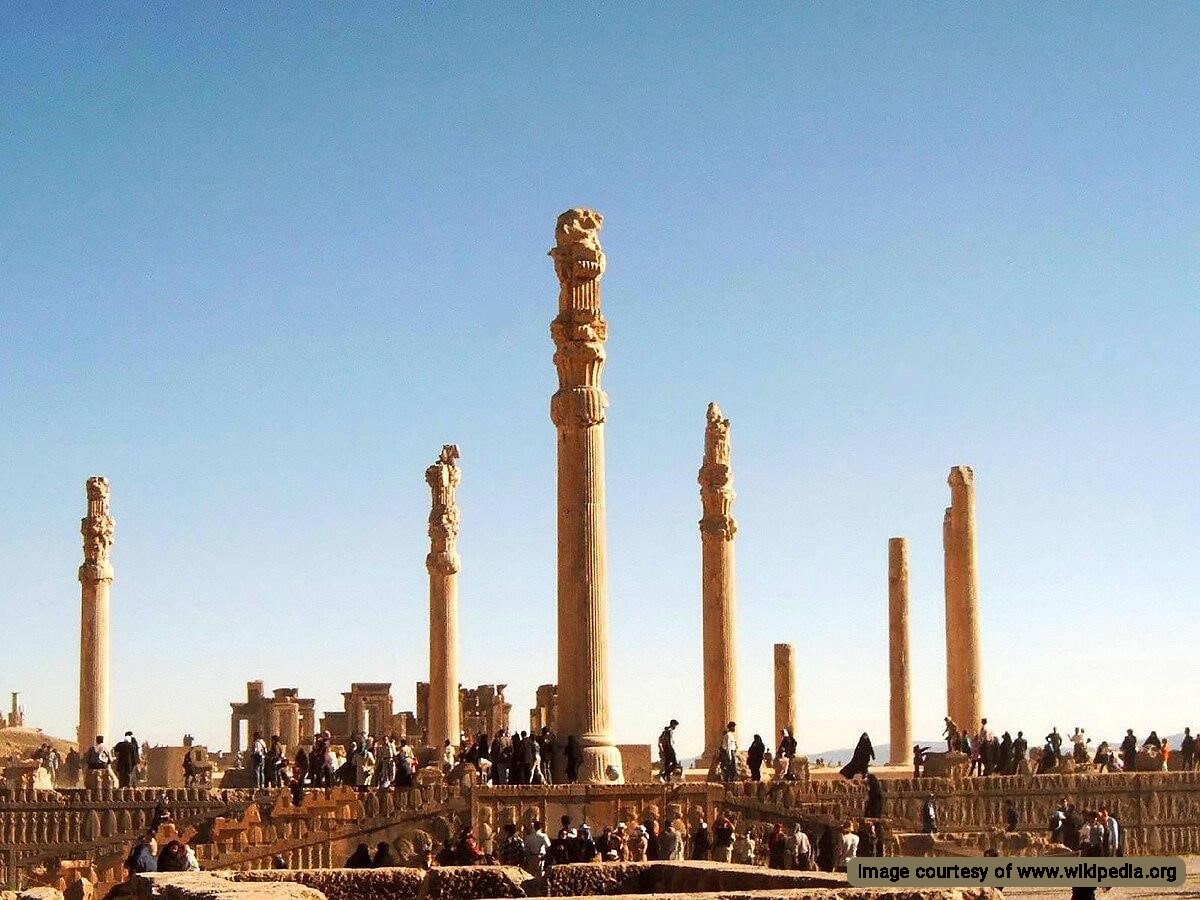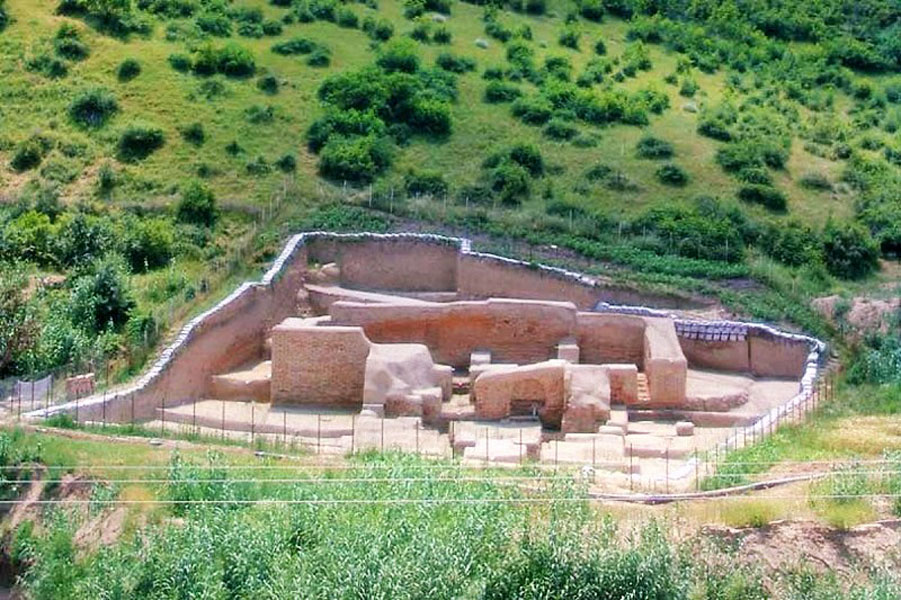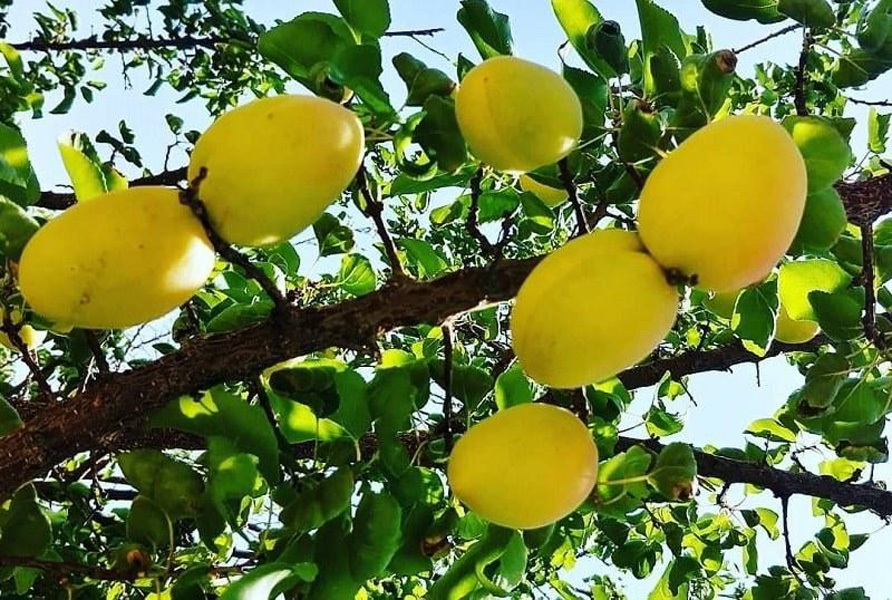
Abarkuh is a lovely city with many beautiful villages and historical monuments. It is a county in Yazd province in the heart of the desert. With the abundance of farmlands and regional agriculture, Abarkuh city is a fantastic tourist destination despite its isolated location. In addition, the surrounding villages, such as Faragheh Village of Abarkuh, are worth a visit.
Faragheh village of Abarkuh is one of the villages in the Central District of Abarkuh County. The distance between the village and the border of Fars province is 15 km. The main occupation of the village residents is agriculture and horticulture. Cherry plums and apricots are at the top of the list of high-quality fruits produced in the village.
In recent years, from the 22nd to the 24th of Khordad month in the Iranian calendar (June 12-June 14) have been dedicated to holding The Apricot Festival in Faragheh.
Population, Language, and Ethnicity of Faragheh Village
According to the 2016 population census of Iran, Faragheh village of Abarkuh houses 1040 people. The people of the village speak Persian in the Faragheh dialect. Faragheh dialect is similar to the Luri language. The reason for the similarity of the language of this region with Luri is that some of the Luri people migrated to this village about 100 to 200 years ago.
Most people living in the village are of nomadic descent and belong to the Bakhtiari tribe. Nomadic populations are generally friendly and hospitable.
Most Important Eid in Faragheh Village
It is good to know what the most cherished Eid is in this village and what is prohibited during that period.
Village ceremonies are often held in one of the two mosques there. The most important Eid in the village is Eid al-Ghadir. The village population calls Eid al-Ghadir “Eid Morteza Ali” and has a special devotion to Ali (AS), the first Shiite Imam among the Twelvers.
In the village of Faragheh, working and daily activities are frowned upon during the Eid al-Ghadir. It is customary that on this occasion, people should only celebrate. Of course, there are exceptions, and those who have a turn to irrigate their farm or have something necessary to do can carry out their work.
If people neglect Eid and go about their work and activities, they should apologize to Imam Ali. They must repent seven times when they realize their mistake by calling out “Tawbah”.
Doing household chores is considered a bad omen on this day. According to the people of Faragheh Village, if someone does household chores, his hand will be cursed, known as “Aghrabak” or scorpion bite.
Traditions of Eid al-Ghadir
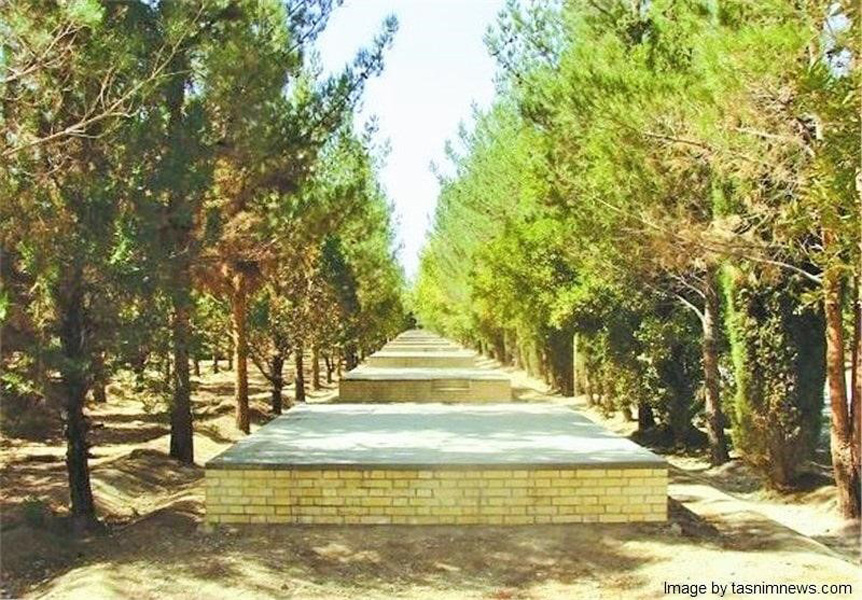
The only thing allowed in Faragheh Village of Abarkuh on Eid al-Ghadir is cooking food. Also, baking sweet bread and Komaj bread on Eid day is very popular. The necessary ingredients for baking sweet bread are prepared a day before Eid.
Sweet bread is made with wheat flour, sugar or grape syrup, Persian cumin, and cinnamon. The bread dough is prepared with goat or sheep milk. The same dough used to make sweet bread is also used for Komaj bread. In addition to the two, a special bread called Kaak, Yokheh, or Tiri is baked in the village.
On the day of Eid al-Ghadir, people give out the milk of their cows and sheep as a tribute to Imam Ali AS, called “Nazr”. With these offerings, their cattle and sheep herds are blessed with abundance. Also, on the day of Eid, the milk that is produced by the herd should not be sold.
In addition, agricultural water funds for the day should be donated. The estimated payment for farm irrigation is collected and delivered to the village chief or the village elder/deputy. Then, the village chief donates this tribute to charity or the less fortunate.
On this great Eid, which is of particular significance for the people of Faragheh village of Abarkuh, people gather near the spring and a flowing river. If someone had vowed to sacrifice an animal, he fulfills his vow next to the spring.
Wedding And Naming Ceremonies on Eid Al-Ghadi
The people of Faragheh village consider Eid the best day for a wedding. On this day, the Henna Bandan ceremony is held for young couples. The groom’s family goes to the bride’s house with a bag of henna, luxury textile, sugarloaf, sweets, and confectionaries. The family elder places some henna in the right hands of the bride and groom. Then the bride divides the henna among the guests, who are close relatives of the bride and groom.
The people of Faragheh Village believe that the Henna Bandan ceremony brings joy and blessings and delivers them from sadness. The Henna Bandan ceremony ends with reciting Salawat (religious blessings).
On this Eid, newborn babies are named. Those with a son, name him Ali or choose a name from the titles of Imam Ali (AS). Those gifted with a daughter call her Fatimah out of respect for Fatima Zahra (PBUH).
Choosing one of the titles of Fāṭima al-Zahrā for the girls is one of the admired customs for the people of this village.
Don’t Miss Visiting This Attraction
Undoubtedly, the ceremonies of different tribes of Iran are a sight to behold. If you travel to Abarkuh on an international tour or privately, visit Faragheh village of Abarkuh. Recently, with the construction of a new ring road on the way to the village, traveling to Faragheh is not straightforward, but finding the way is not difficult.
Destination Iran invites you to visit this village and other Abarkuh tourist attractions so that you can observe their way of life.







